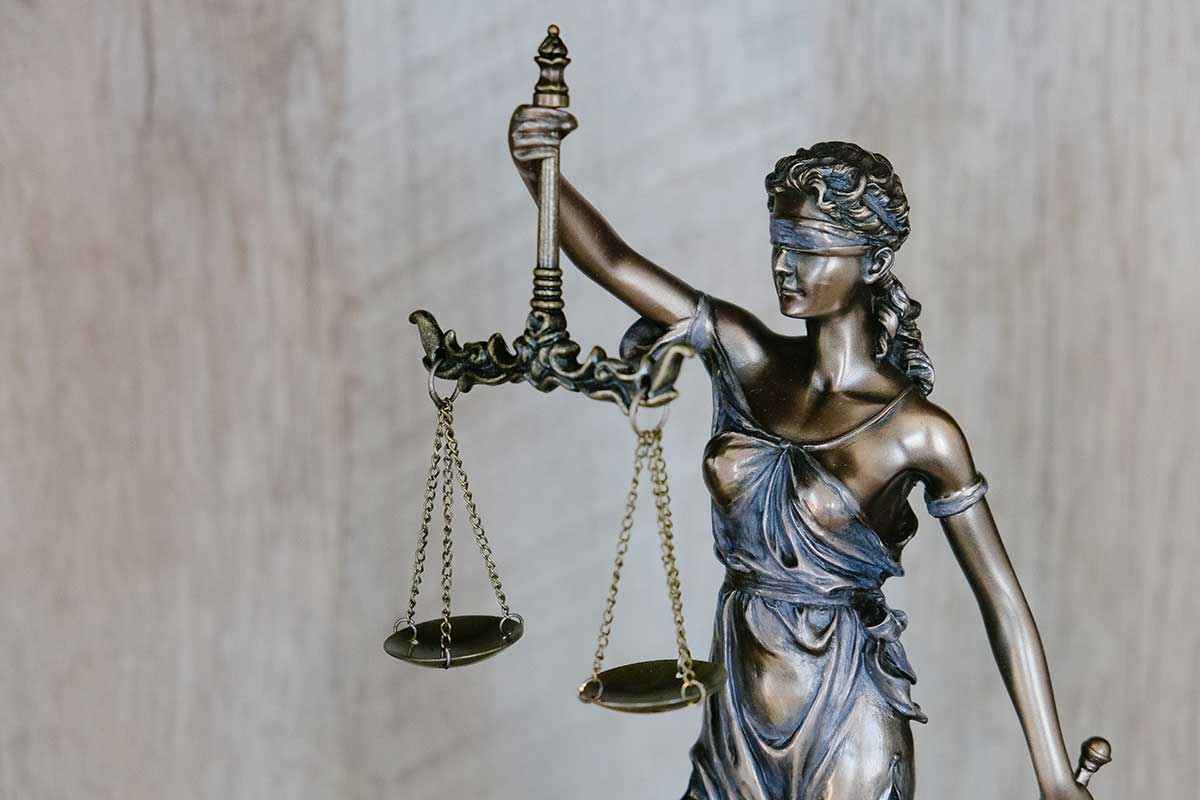
It happens to everyone. We’ve all lost our footing, had a stair that suddenly “disappeared,” or tripped over something. Usually, when one of these things happens, we have no one but ourselves to blame. But if you trip and fall at a business or at someone’s home, it may not be your fault. In fact, if you are injured on someone else’s property, you might be entitled to compensation.
If you’ve been hurt by a fall at someone’s home or business, you’ve experienced what Alabama personal injury lawyers call a slip-and-fall injury. Read on to learn more about the causes of slip-and-fall injuries, types of slip-and-fall injuries, and how you can protect your rights in an Alabama slip-and-fall case.
What is a slip-and-fall case?
In a slip-and-fall case, someone falls on someone else’s property. That fall causes an injury. Falling in the frozen foods aisle at a grocery store, slipping on the wet floor of a hotel lobby, tripping over a package in a warehouse store, or tumbling down a broken staircase at a friend’s house are all examples of slip-and-fall accidents.
Slip-and-fall accidents can be very serious. Slips and falls account for about 1 million emergency room visits each year. These visits can be expensive. Recent studies show that the average cost of treating a slip-and-fall injury is between $30,000 to $40,000.
What are the most common causes of slip-and-fall injuries?
Falls happen in many ways, but certain factors appear again and again in slip-and-fall cases.
Problems with floors
Wet floors. Floors can be wet for many reasons: malfunctioning appliances, leaky roofs, dripping umbrellas on rainy days, and much more. A wet floor is a slippery floor – and a slippery floor is dangerous.
Slick floors. Freshly waxed and polished floors are also slippery.
Uneven floors. Small differences in a floor’s surface can cause falls. If a person’s shoe gets caught on a missing tile or a hole in a carpet, they could fall.
Loose flooring. Loose tiles, rickety floorboards, and unsecured rugs can all lead to falls.
Problems with objects
Objects on or around the floor can also create unsafe conditions. Some of the hazards include:
- Trash or debris on the floor,
- Leaves on a walkway or entrance,
- Loose cords, and
- Blocked aisles (usually caused by poorly stacked boxes or open desk or cabinet drawers).
Issues with lighting
Lighting is an important factor in slip-and-fall cases. Sometimes, poor lighting allows dangerous conditions to hide in the darkness. On the other hand, when bright lights bounce off of a shiny floor, the glare can make it harder to see fall hazards.
Issues with stairs
The majority of slips and falls happen on level ground. But because stairs add height to the equation, falling down a staircase can be especially dangerous.
Sometimes, the problem lies with the way the staircase was designed. A staircase that is too steep or has stairs that are too narrow is a falling hazard. Similarly, a staircase that lacks safety features like handrails or non-skid traction devices is also unsafe. And of course, stairs that are wet, damaged, covered with damaged carpet or tile, or littered with trash can also cause people to fall.
What are the most common injuries in slip-and-fall accidents?
Every slip-and-fall case is different, but here are some of the injuries that are seen most often.
Broken bones. About five percent of people who slip and fall suffer a bone fracture. While a broken bone is always cause for concern, fractures are especially serious for older adults. Adults over 65 are more likely to fall and usually need more time to heal after a fall.
Soft tissue damage. Your bones are your body’s “hard tissue.” Everything else is “soft tissue.” The soft tissues include muscles, ligaments, and tendons. Falls often cause soft tissue injuries.
Cuts and bruises. If you fall onto a sharp object, you might get cut. Your skin might also bruise during or after the fall.
Traumatic Brain Injuries (TBIs). TBIs are among the worst injuries a person can suffer. They can range from concussions to brain bruises to brain bleeds (brain hemorrhages). According to the Centers for Disease Control, falls are one of the leading causes of TBIs in the U.S.
What do I need to prove in a slip-and-fall case?
Slip-and-fall cases are a type of personal injury case. In nearly all personal injury cases, the plaintiff (the person who was hurt) has to prove that the other person (the defendant) was negligent. Negligence is a fancy way to say that a person was not being careful.
In all negligence cases, the injured person has to prove four things:
- That the defendant had a duty to be careful;
- That the defendant failed to perform that duty;
- That the plaintiff suffered injuries; and
- That the defendant’s failure to be careful was the cause of those injuries.
The good news is that duty is usually easy to prove. When you enter someone’s property, you are an invitee, a licensee, or a trespasser. Property owners owe different duties to each of these groups.
Invitees. An invitee is a person who is on someone’s property with permission for business reasons, such as a person shopping at a grocery store. Owners must protect invitees from all known dangerous conditions as well as hazards that the owner knew or should have known about.
Licensees. A licensee is a person who is on the property with permission for social or recreational purposes (e.g. a party guest). Property owners must protect licensees from any known dangers.
Trespassers. A trespasser is someone who comes onto the property without permission from the owner. Property owners need only prevent intentional injury to trespassers.
So, the first step in your slip-and-fall case will be deciding which category best describes you. (Your Alabama slip-and-fall attorney can help you with this.) Once you and your injury attorney figure out what the owner was supposed to do to protect you, you can gather evidence to show that the owner did not do those things and that the failure to do so caused your injuries.
How can I prove my slip-and-fall case?
When you meet with your slip-and-fall attorney for the first time, they will probably ask you questions about why you were on the property to establish what the owner was supposed to do to protect you. To help your attorney prove that the property owner did not protect you, you should take as many pictures as possible of the fall scene as soon as you are able. You should take pictures – or videos – of things like:
- The area where you fell,
- The hazard itself (puddles, loose floorboards, missing handrails, etc.),
- Any signs that were posted,
- The fact that signs were not posted,
- The lighting conditions, and
- The weather conditions, if applicable.
You should also take pictures of your clothing and especially your shoes. (This will help your Birmingham slip-and-fall lawyer if the other side tries to argue that your shoes were not safe for the conditions.)
Be prepared to give your attorney information about how the accident hurt you. Information about your emotional and physical injuries as well as your financial losses will be especially helpful. This information can include items such as medical bills and proof of lost wages.
Have you been hurt in an Alabama slip-and-fall accident?
We hope this article answered most of your questions about Alabama slip-and-fall cases. If you have more questions or if you’ve suffered a slip-and-fall injury, please do not hesitate to contact Collins Law, LLC. Our firm handles many types of Alabama personal injury cases, including slip-and-fall cases, car accidents, trucking accidents, and much more. Call our firm at 205-588-1411 or use our website’s online scheduling tool to make an appointment for your free consultation.

